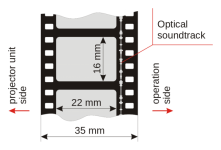
Two years ago I ditched the mirror for a mirrorless camera. I sold all my Canon gear and bought into Panasonic. I did it at first for the video capabilities. Not anymore. There have been predictions from the beginning that Micro Four Thirds and mirrorless cameras would never really catch on. The latest comes from The New York Times, the USAToday and Dan Carr at the ProPhoto Coalition.
In the article Nikon Cuts Full-Year Profit Target as Mirrorless Cameras Lose Their Shine, it misses the point. The Nikon 1 series of cameras don't have the advantage of the larger sensors of Micro Four Thirds, Fuji X and Sony NEX mirrorless cameras. These little cameras were ill conceived from the beginning. The public wants a smaller, lighter camera but with DSLR quality. Nikon did not want cannibalize their DSLR sales, so they made a sensor that in my opinion is too small.
Mirrorless camera sales don't reflect potential in the USAToday talks about declining mirrorless sales. They say that the mirrorless cameras are not living up to potential, as they say in the article. “In 2008, a fresh kind of camera was set to rock the world of photography, ushering in “a new era of digital imaging,” as one news release put it.” As in the first article, they say that in Asia sales have been good for compact system cameras but in the USA and Europe this has not been the case.
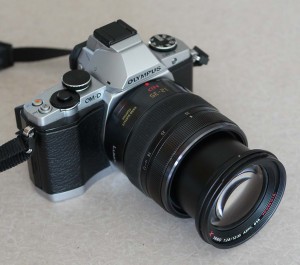 The third article, Micro Four Thirds & Mirrorless- Here To Stay or Gone Tomorrow ? by Dan Carr, also comes to the wrong conclusion. He writes, “I don't expect we'll see M4/3 disappear within the next two years but it's certainly going to be a telling time. If sales numbers continue to decline as they have done then I think we'll see manufacturers shift their focus back to DSLR.” He calls them “an elongated fad”. Though he does mention that so prominent pro photographers have switched to systems like I have. Prices are coming down on DLRS because of the competition. But why is he so gloomy?
The third article, Micro Four Thirds & Mirrorless- Here To Stay or Gone Tomorrow ? by Dan Carr, also comes to the wrong conclusion. He writes, “I don't expect we'll see M4/3 disappear within the next two years but it's certainly going to be a telling time. If sales numbers continue to decline as they have done then I think we'll see manufacturers shift their focus back to DSLR.” He calls them “an elongated fad”. Though he does mention that so prominent pro photographers have switched to systems like I have. Prices are coming down on DLRS because of the competition. But why is he so gloomy?
To begin with this new concept in cameras has an up hill battle. We are in the 21st Century, but the camera design most prominent is from the 20th Century. Compact System Cameras are a new concept that has to be sold to consumers. Well, lets look who are the major players in the DSLR market – Canon and Nikon. Look at their mirrorless cameras. They are weak. The Canon EOS-M is a half baked attempt at capturing sales because what others have done. The Nikon 1 is also a strange beastie as I have stated above. Go to the store (Best Buy, Wall Mart, Costco), what do you see in the high end camera cabinet. There are DSLR's, mainly from Canon & Nikon and sometimes Sony but not their mirrorlses cameras. Panasonic and Olympus, who are the biggest promoters of this 21st Century way of shooting are not featured well. Their mirrorless are with the point n shoots. That certainly gives them class. Who is winning here? The ones with the showroom space.
Carr mentions full frame mirrorless cameras like the Sony RX1 and Leica M series that are small and lightweight. Both of these are out of the pocketbook of most photographers. Sony has rumored that they are working on a full frame 35mm E-Mount camera, that the mount supports it. Prices are coming down on full frame 35mm DSLR's. Somehow he thinks full frame 35mm is the end all and nothing else will do.

Nikon F3
Full frame 35mm is that, full frame 35mm. It is a standard that all others are measured against. Before, it was 4×5. 35mm was small compared to that format and the quality was good but not as good as the larger negative. A majority of pros did switch when the film quality advanced and the cameras were better made. Well, the “film” got better (better sensors). Originally it was hard to manufacture a full frame 35mm sensor so the crop sensor was used instead. That is no longer the case. The 35mm crop sensor cameras and micro 4/3rd's are now considerably better because of better technology which is more than what most people need. We have made incredible advances in sensor technology. The need for an 35mm sized sensor is not as important for low light sensitivity as it once was. I use a smaller sensor because I choose too.
But with the smaller sensor you don't get that creamy lack of depth of field? Believe or not, sometimes you don't want the small of depth of field. For one, it is harder to focus. On some of these F1.2 lenses it is hard to get both the nose, eyes and ears in focus on full frame 35mm. Two, most 35mm motion pictures are shot with a sensor size that is similar to cropped sensors and it's depth of field. Full frame 35mm is the size of Vistavision. Over the last 100 years I have not heard of any motion picture directors of photography complain about the depth of field in 35mm their cameras. To get shallower depth of field in movies the director and photographer used wider apertures to get the look. Look at Stanley Kubrick's work. It is not a problem to get nice depth of field with these smaller sensors. Use fast aperture lenses.
Leica and Nikon proved you could make a very high quality small 35mm camera. Panasonic and Olympus are doing the same in the digital age, but they need help from retailers as well. Because of technology they have been able to remove the mirror and make a more advanced camera. The optical viewfinder is 20th century technology. If you shoot with a digital motion picture camera, there is no mirror except one, the Arri Alexa Studio. That is the other advantage of no mirror in still cameras, Video. Almost all of the new DSLR's shoot video.
Carr claims to be a “lens man”. He says, “Good lenses have the potential to last a whole career”. Not mine! I started with film. The SLR was always a compromise. Your were tied to a mount. You can not see exposure or white balance. The focus is only as good as the focus system. Size of viewfinder, type of ground glass and pentaprism were factors as well. With phase detect auto focus there can be front and back focus issues. Wide lenses had to be re-engineered to take in account for the mirror. The mirror had to be locked up to reduce vibration. The lens focus field had to be adjusted to take in account for the curvature of film. Digital is a flat sensor, so lenses need to be reworked for it. The lens had to be stopped down to see depth of field preview. The image stabilization is noisy. The lenses had to be bigger, heavier and more expensive. Only the most expensive cameras show close to 100 percent of what you see. Most DSLR's have a tunnel viewfinder.

GH3 with X 35-100 f2.8
Why compromise? My Lumix g X 12-35 f2.8 lens has the same angle of view as a 24-70mm which is much bigger, heavier and more expensive lens. My lens with the same light gathering capability, plus the bonus of quiet optical image stabilization in a package the third of the size, weight and with the depth of field of a 35mm motion picture camera. Size and weight is not all that a mirrorless camera gives the user, though they are very welcomed. Cost is also an advantage. Smaller lenses. Adaptable lenses, m4/3rd's cameras can be adapted to almost any lens available because a shorter back focus, so there are a lot of adapters. All because of a smaller sensor.
Other mirrorless advantages include, no mirror vibrations to worry about. The photographer sees the exposure and white balance. They see what the camera sees. A 100 percent of the view. Image stabilization can be in the body for all lenses mounted. Less moving and non moving parts that cost less. For me, one of the big ones is, quieter shooting like the Lumix GH3‘s Silent Mode.
The question to ask is, do you want to use 20th century technology or do you want to be using 21st century technology? I believe that in the distant future all cameras will be mirrorless (expect for film cameras). The advantages are greater.

 “The final step for mirrorless hegemony is tackling the high end. Sony will soon ship its milestone A7 series, two compact mirrorless bodies with full-frame sensors, the lynchpin of top-tier camera bodies and the harbingers of the DSLR's doom. They are, simply put, the best of both worlds.”
“The final step for mirrorless hegemony is tackling the high end. Sony will soon ship its milestone A7 series, two compact mirrorless bodies with full-frame sensors, the lynchpin of top-tier camera bodies and the harbingers of the DSLR's doom. They are, simply put, the best of both worlds.”











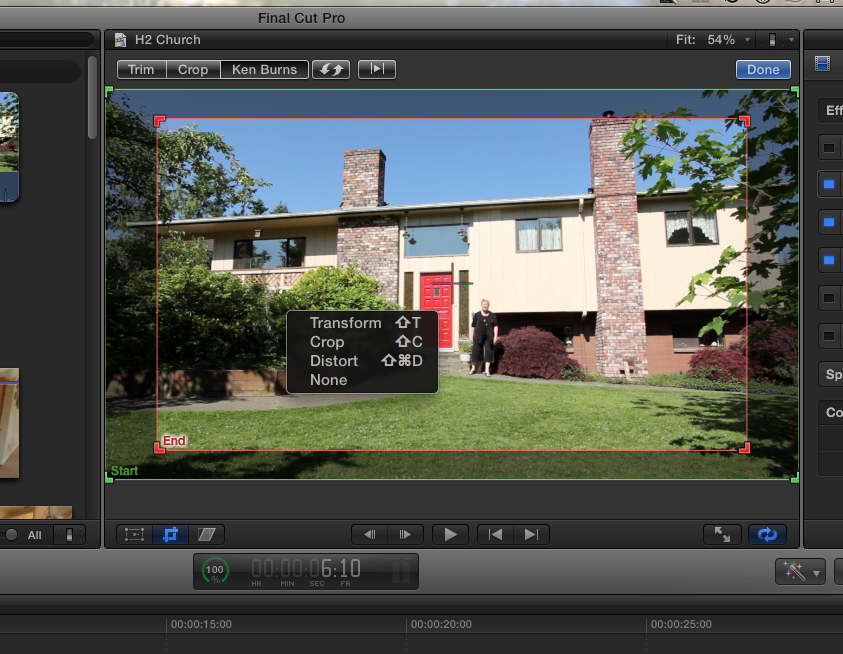
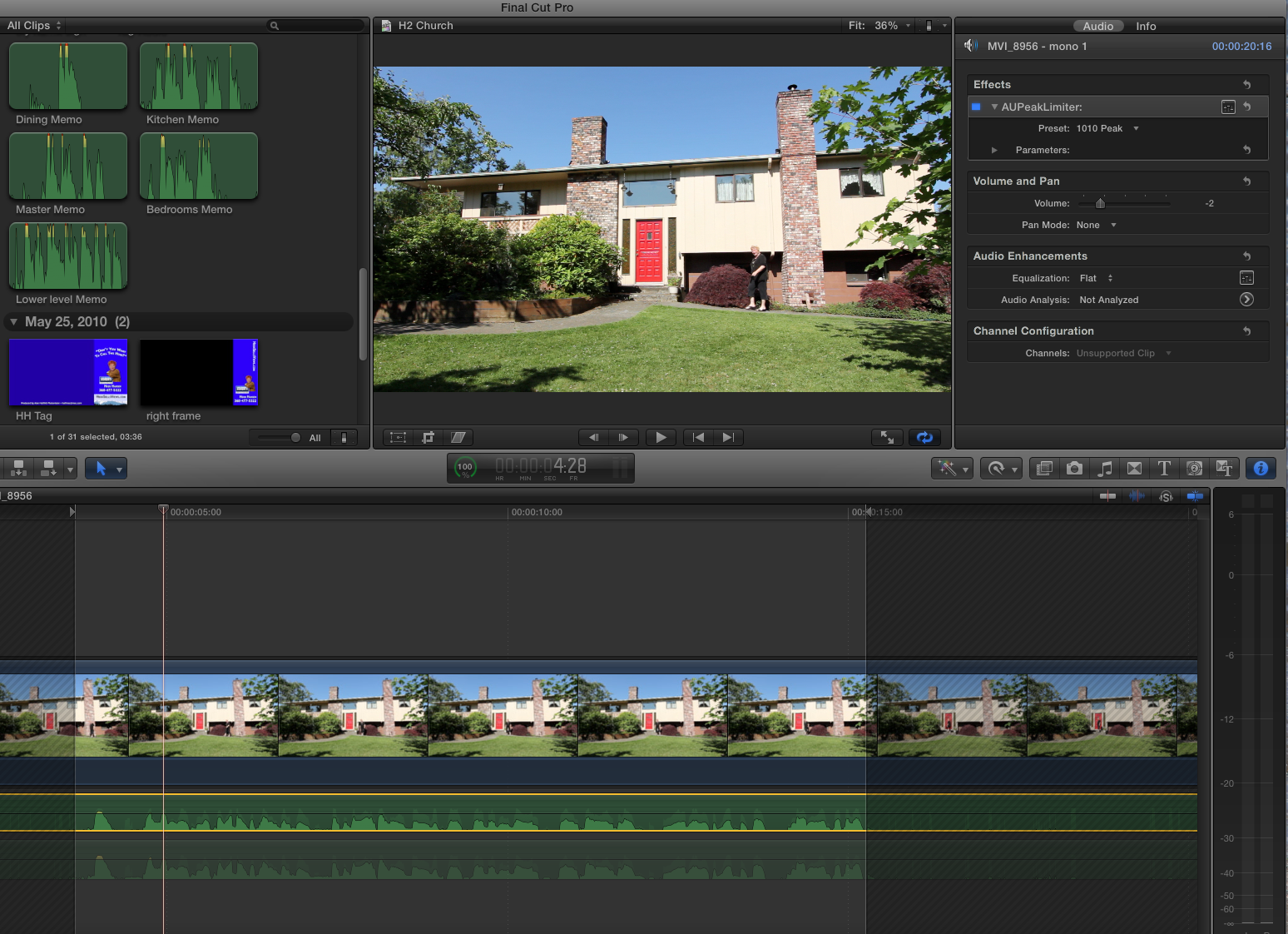
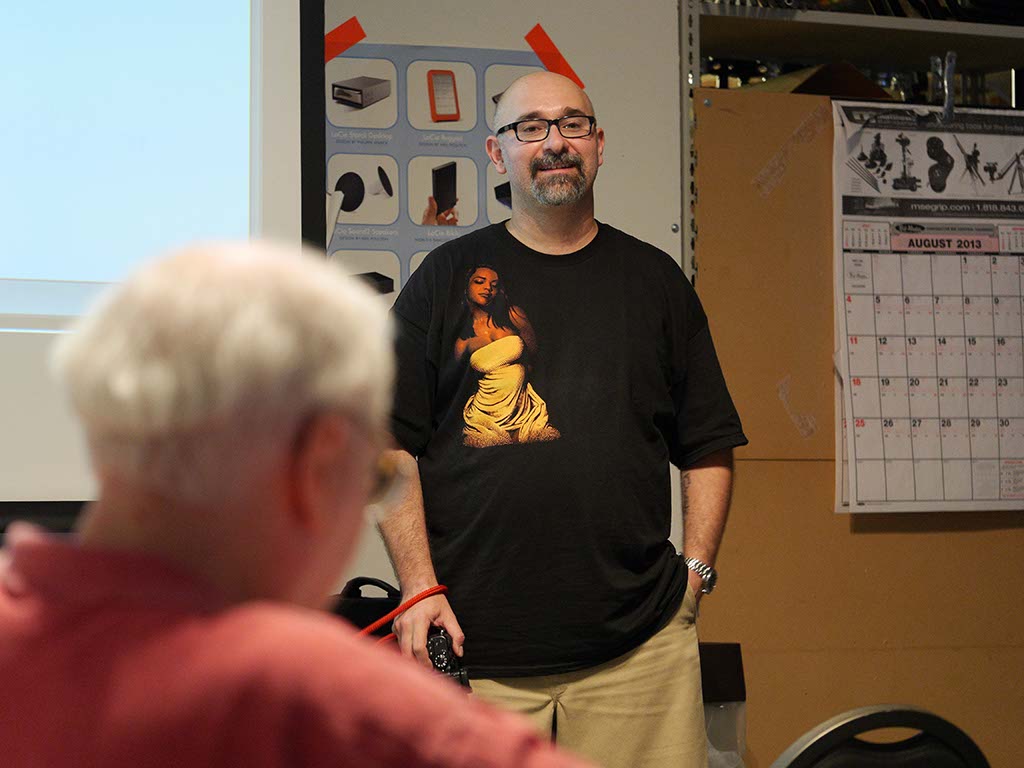


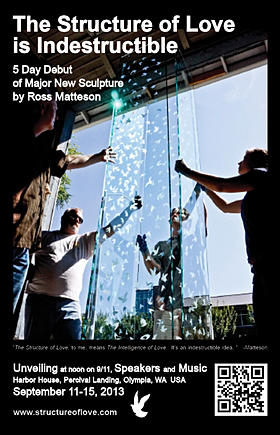
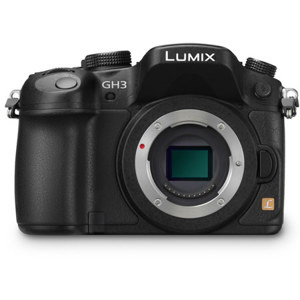


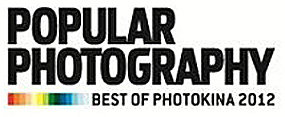

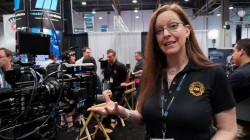





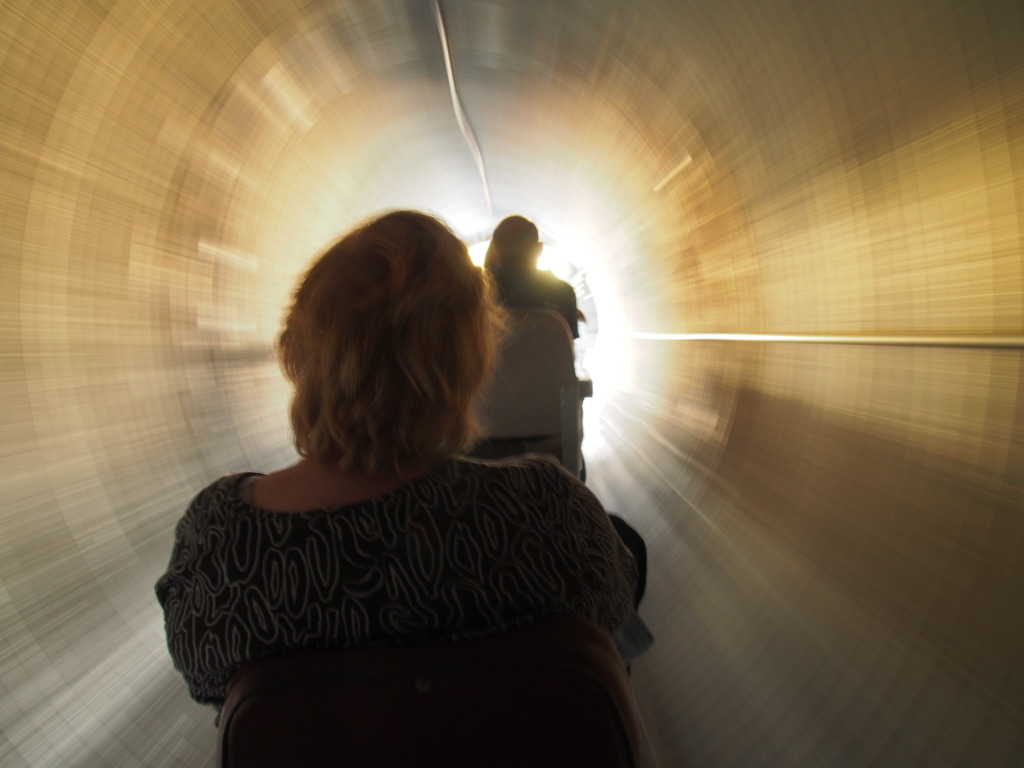
 AMENDMENT IV to the Constitution of the United States: “The right of the people to be secure in their persons, houses, papers, and effects, against unreasonable searches and seizures, shall not be violated, and no warrants shall issue, but upon probable cause, supported by oath or affirmation, and particularly describing the place to be searched, and the persons or things to be seized.”
AMENDMENT IV to the Constitution of the United States: “The right of the people to be secure in their persons, houses, papers, and effects, against unreasonable searches and seizures, shall not be violated, and no warrants shall issue, but upon probable cause, supported by oath or affirmation, and particularly describing the place to be searched, and the persons or things to be seized.”